U.S. Secret Service: Scandals and Trivia
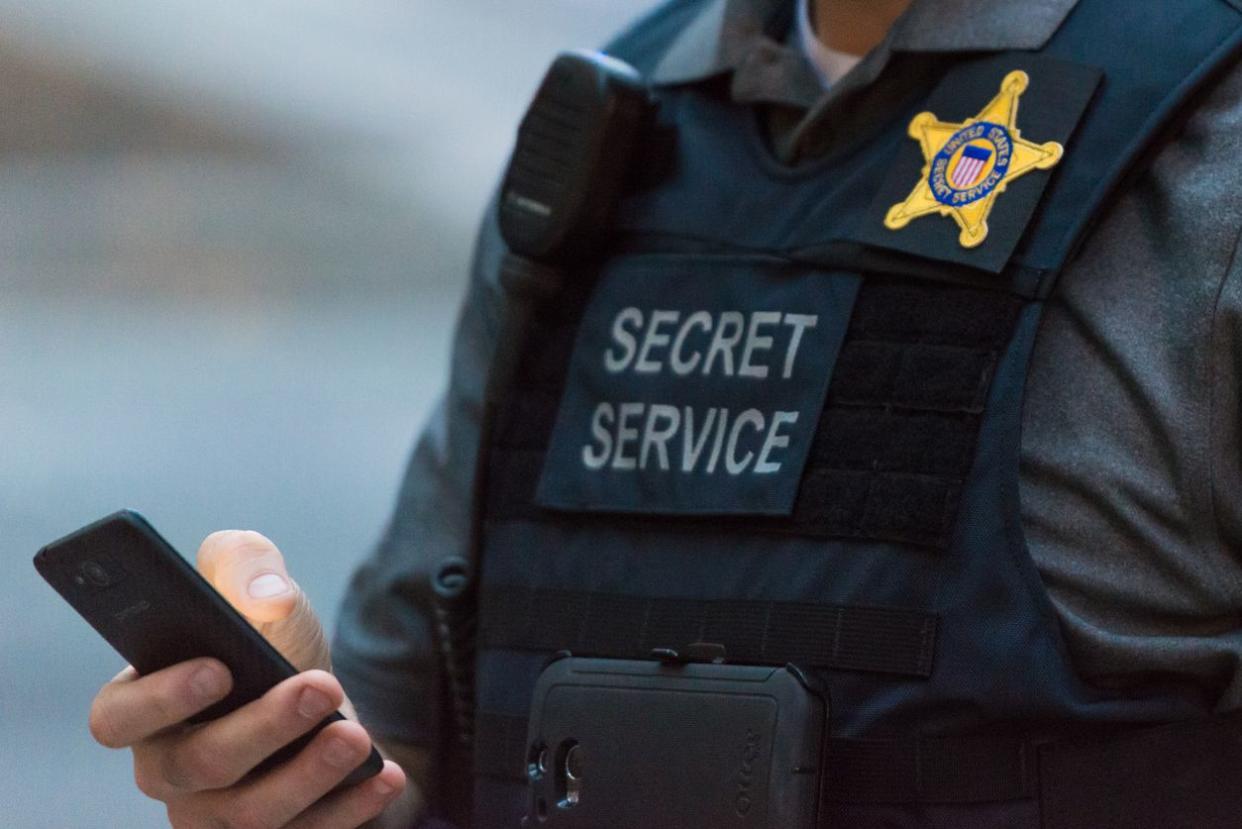
While much of what the Secret Service does is, well, secret, the normally out-of-the-spotlight agency has been in the news lately. Two agents are sharing accounts of then-President Donald Trump angrily berating the Secret Service after he demanded to go to the U.S. Capitol on Jan. 6, 2021. Now the agency's director, James Murray, is leaving to join Snapchat (a long-planned departure unrelated to the recent scrutiny, officials say).
There's plenty more information about this more-than-150-year-old federal law enforcement agency that's not so well hidden. From its origins and duties to some of the more salacious details of what it takes to guard world leaders, here are some things you might not know about the U.S. Secret Service.
Related: Hard-to-Believe Facts About the White House

And a sad irony, at that. History has it that the legislation enacting the agency that would become known as the U.S. Secret Service was signed by President Abraham Lincoln on April 14, 1865 — the very same day he was assassinated by John Wilkes Booth.
Related: Vintage Photos of Patriotic Places Across America
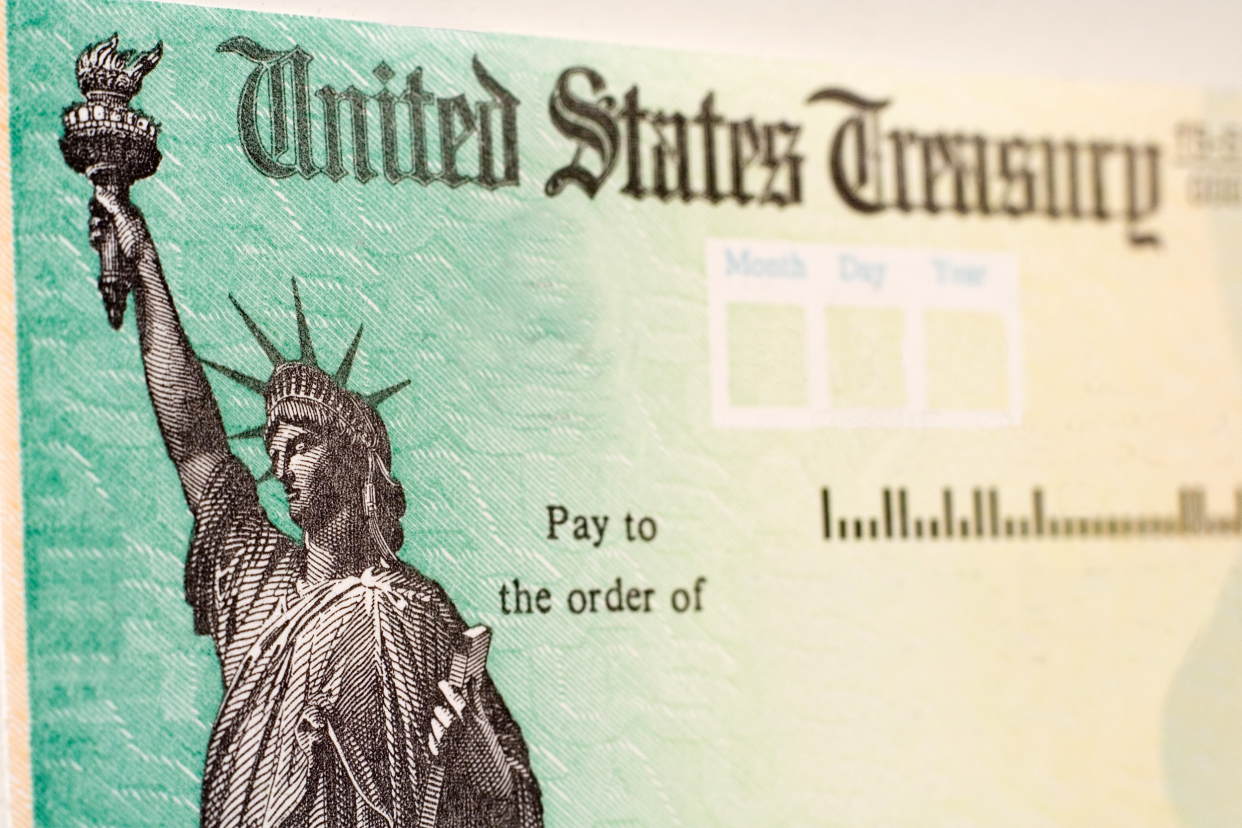
One of the nation's oldest federal investigative law enforcement agencies, the Secret Service was originally founded as a branch of the U.S. Treasury Department to combat U.S. currency counterfeiting. A serious problem at the time, it's estimated that following the Civil War, a full third to half of the circulating currency was counterfeit. The Secret Service remained under the Department of the Treasury until 2003, when it was transferred to the newly established Department of Homeland Security.
Related: Why Pennies Still Exist and Other Money Trivia
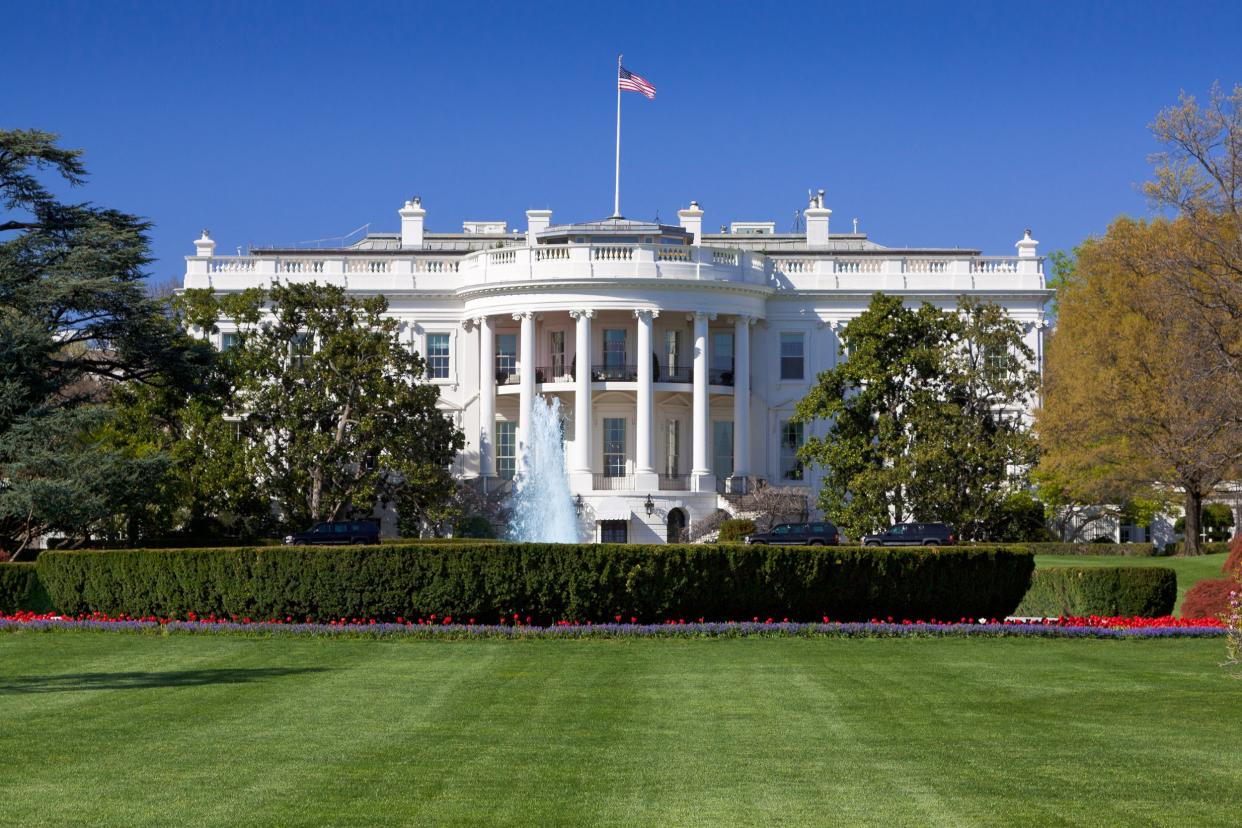
In 1894, Grover Cleveland was the first U.S. president to receive protection from the Secret Service, but on an informal part-time basis. In 1901, Congress again informally requested presidential protection following the assassination of President William McKinley. The following year, the Secret Service assumed full-time presidential protection, then added president-elect protection in 1908.
For more great trivia articles, please sign up for our free newsletters.

For decades, the Secret Service has used code names to refer to presidents, their spouses, and children. Ronald and Nancy Reagan, for example, were Rawhide and Rainbow; George H.W. and Barbara Bush were Timberwolf and Snowbank; Bill and Hillary Clinton were Eagle and Evergreen; George W. and Laura Bush were Tumbler and Tempo; Barack Michelle Obama were Renegade and Renaissance; and Donald and Melania Trump were Mogul and Muse. You can see the full list going back to Woodrow Wilson's term.
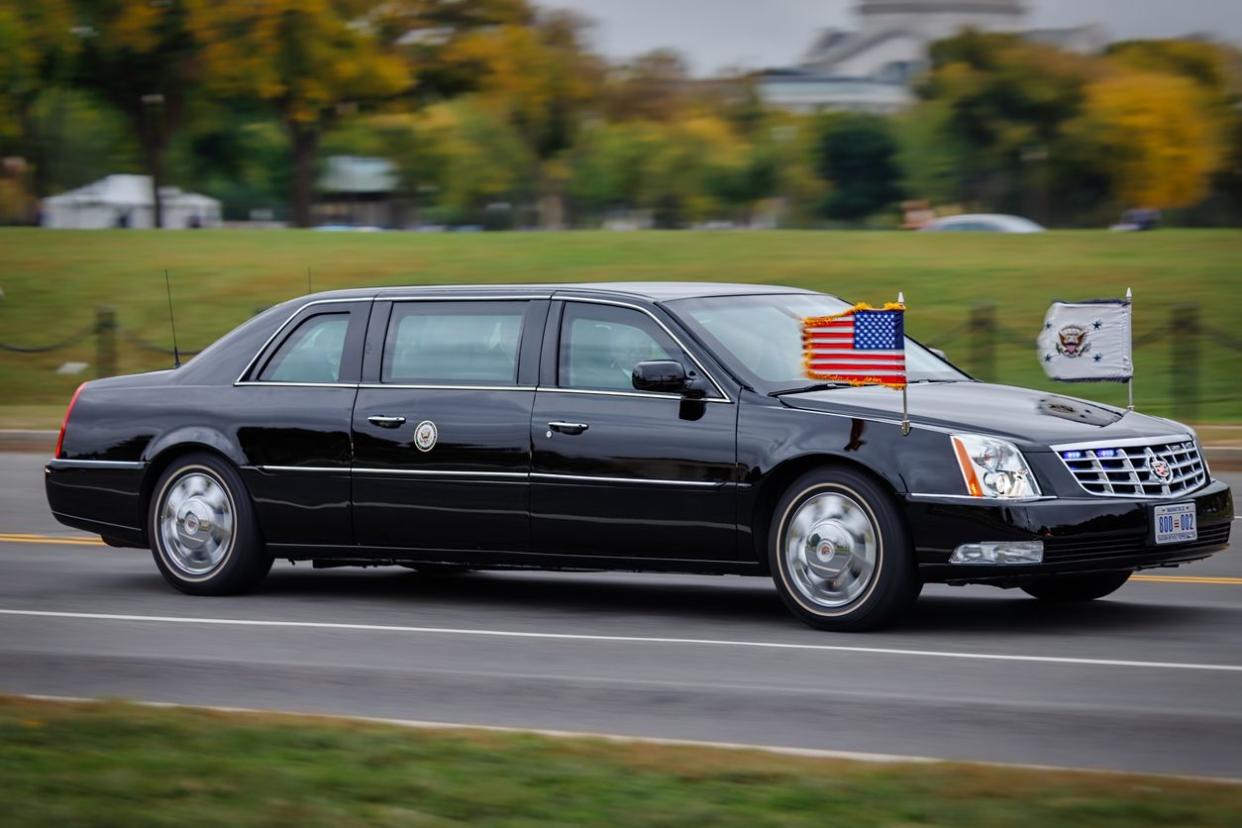
The presidential limousine — a heavily modified Cadillac — is unofficially named "The Beast." Its modifications include more than 7 tons of additional armor and reportedly tear gas grenade launchers, smoke-screen dispensers, and more. There is some dispute about whether the limo or another presidential vehicle was the site of the Jan. 6 incident recently described in congressional testimony by former White House aide Cassidy Hutchinson and agents speaking to media outlets such as CNN. They say then-President Trump got into a heated confrontation with his Secret Service detail when they told him it wasn't safe to go to the Capitol.

Throughout its history and continuing to today, Secret Service agents do much more than make sure no harm comes to the president. Congress has enacted legislation that lets the Secret Services investigate espionage, financial crimes, forgery, and many types of fraud; provide protection for visiting heads of state; and, according to its website, "participate in the planning, coordination, and implementation of security operations at special events of national significance ... as determined by the President."
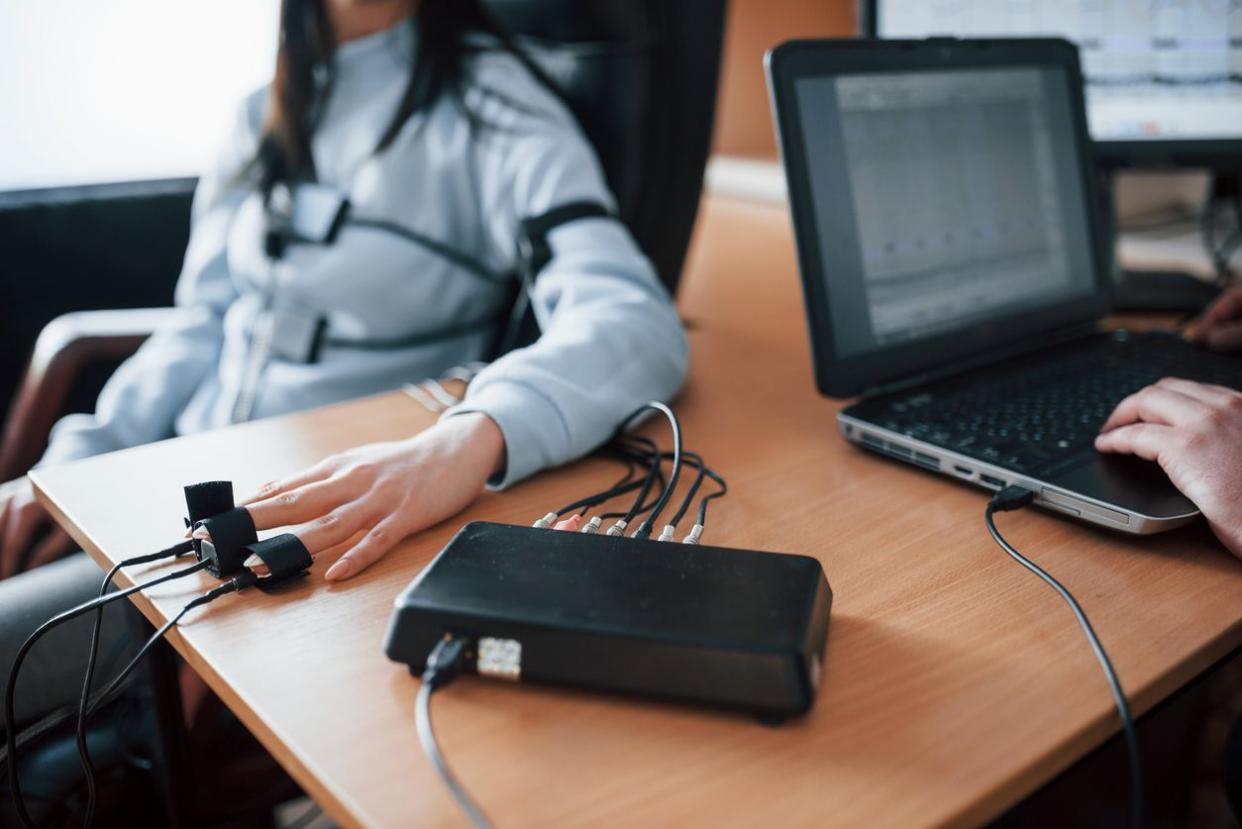
The Secret Service notes that its forensic laboratory includes the largest ink library in the world, with more than 15,000 samples — a collection that helps agents suss out forged documents. It also notes that "much of the technology and techniques utilized by examiners" within the lab is "exclusive to the U.S. Secret Service." Finally, it reportedly has one of the most highly regarded polygraph programs in existence, where extensively trained personnel are considered "experts in the psychology of deception."

According to its website, the Secret Service employs somewhere upward of 7,000 people, including around "3,200 special agents, 1,300 Uniformed Division officers, and more than 2,000 other technical, professional and administrative support personnel."
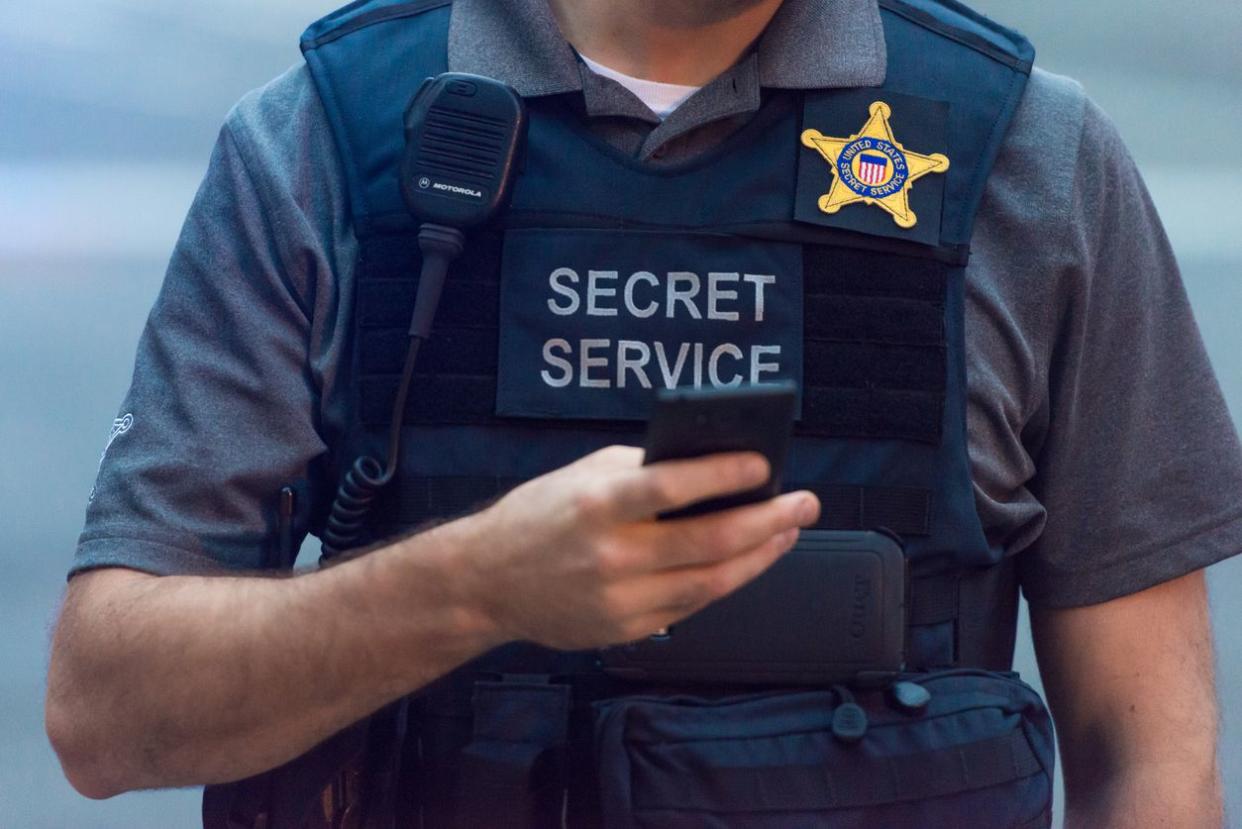
The Secret Service notes that a pre-employment "full background investigation takes approximately six to nine months to complete." And, not surprisingly, not just anyone can score themselves a Secret Service gig. Job applicants must be U.S. citizens, obtain top-secret security clearance, and — in some cases — score a "successful completion of a polygraph examination."
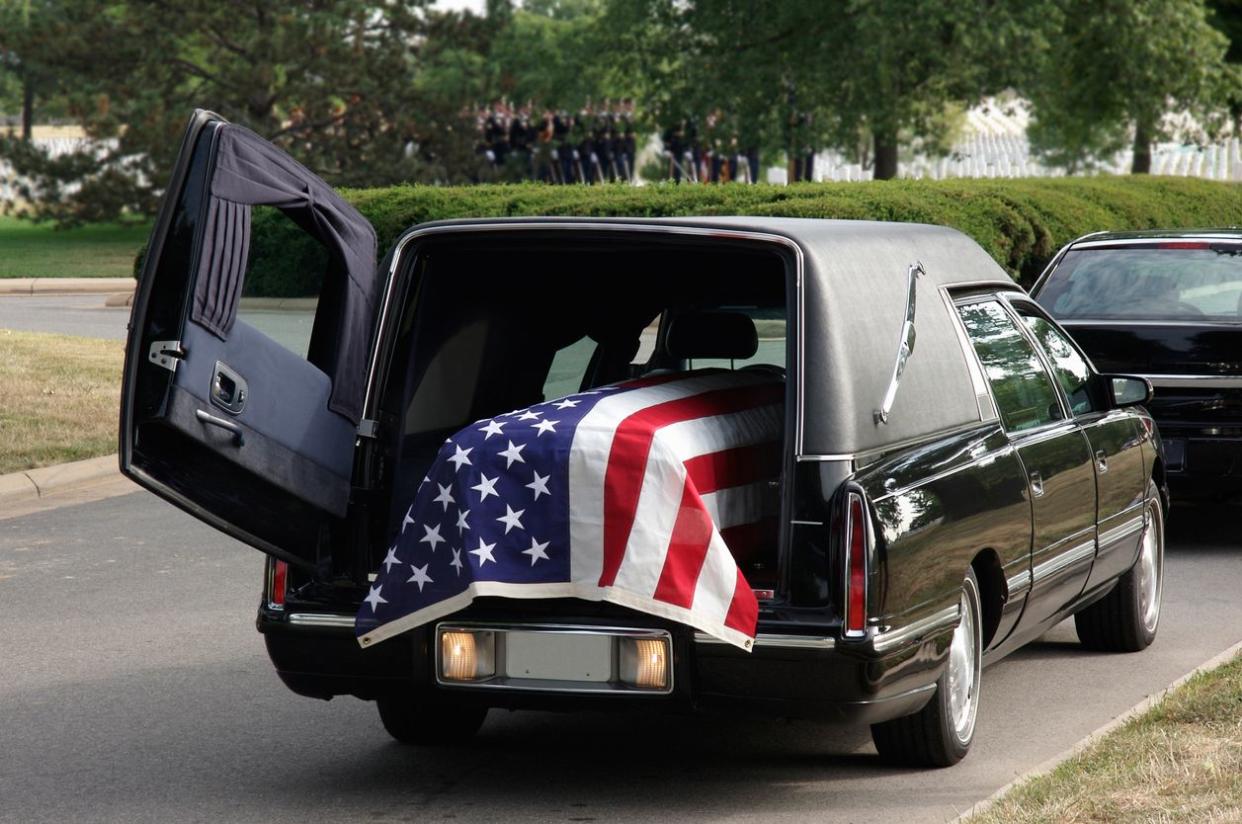
Since 1902, 37 agents have died in the line of duty, including four women. The most recent was Special Agent Nole E. Remagen, who passed away in 2018 after suffering a stroke while protecting national security adviser John Bolton.

Six agents died in the Alfred P. Murrah Federal Building bombing in Oklahoma City on April 19, 1995. On March 5, 1983, three agents passed away in a car accident while traveling to protect Queen Elizabeth II in Yosemite National Park.
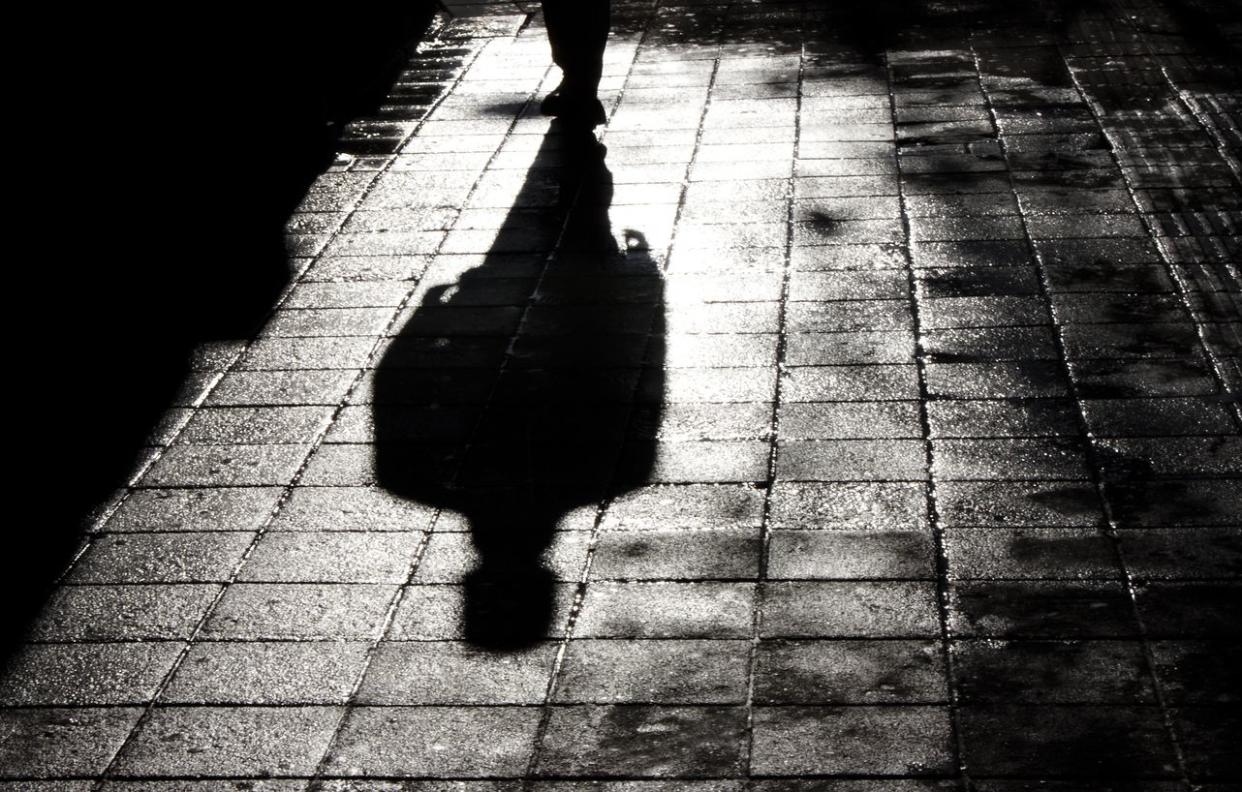
Leslie Coffelt, a member of the White House Police force — a division of the Secret Service — died in November 1950 after two Puerto Rican nationalists attempted to assassinate President Harry Truman. Before he died, Coffelt killed one of the assassins, and Truman was unharmed.
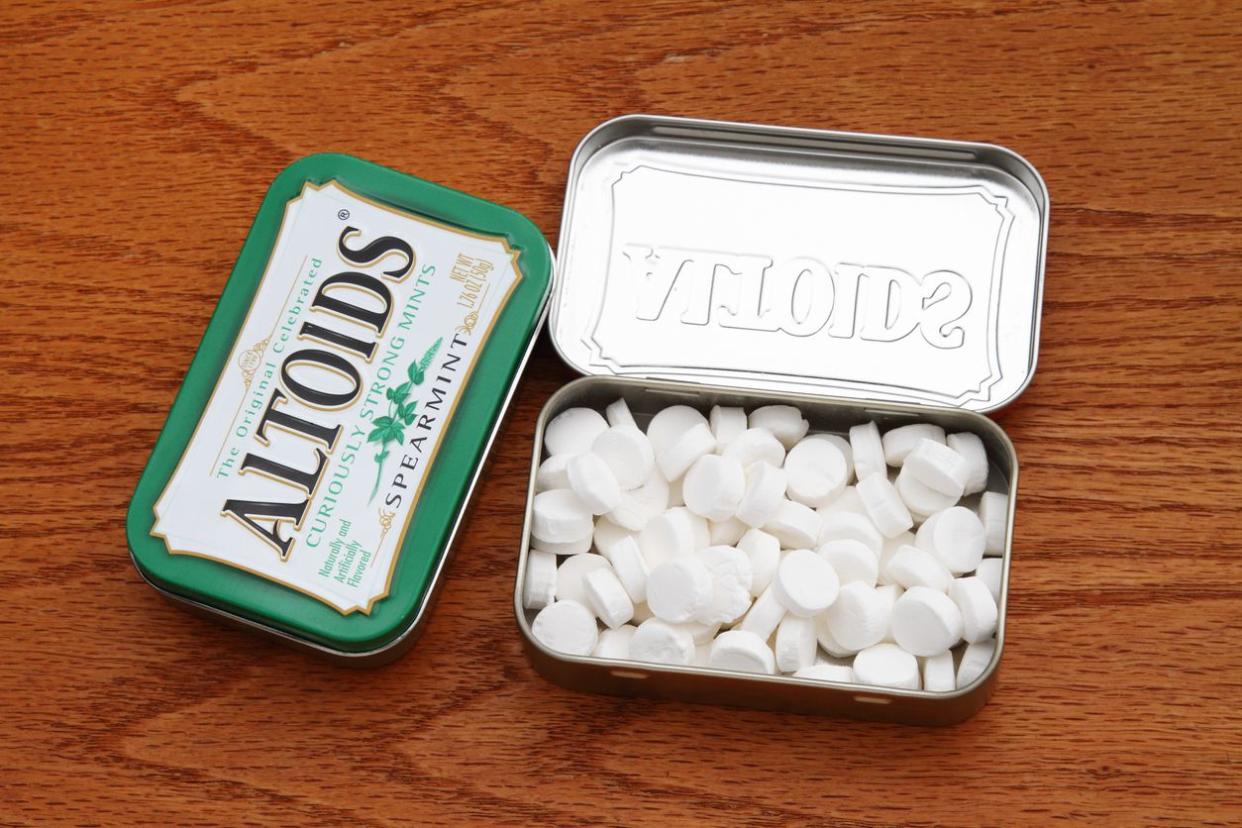
A former agent told New York magazine in 2020 that "any good field agent that is worth their salt will carry" these eight items: an MDI CPR Microshield (a mini CPR kit), a flashlight, a multitool, hand sanitizing wipes, a notebook, mechanical pencils, and a portable charger. That's only seven — the eighth? Breath mints. The agent told the publication she used them for interrogations, noting: "They're not going to want to talk to you if you have bad breath. They clam up, they shut up. Part of being a good communicator is people wanting to speak with you, and if your breath sucks no one wants to talk to you."
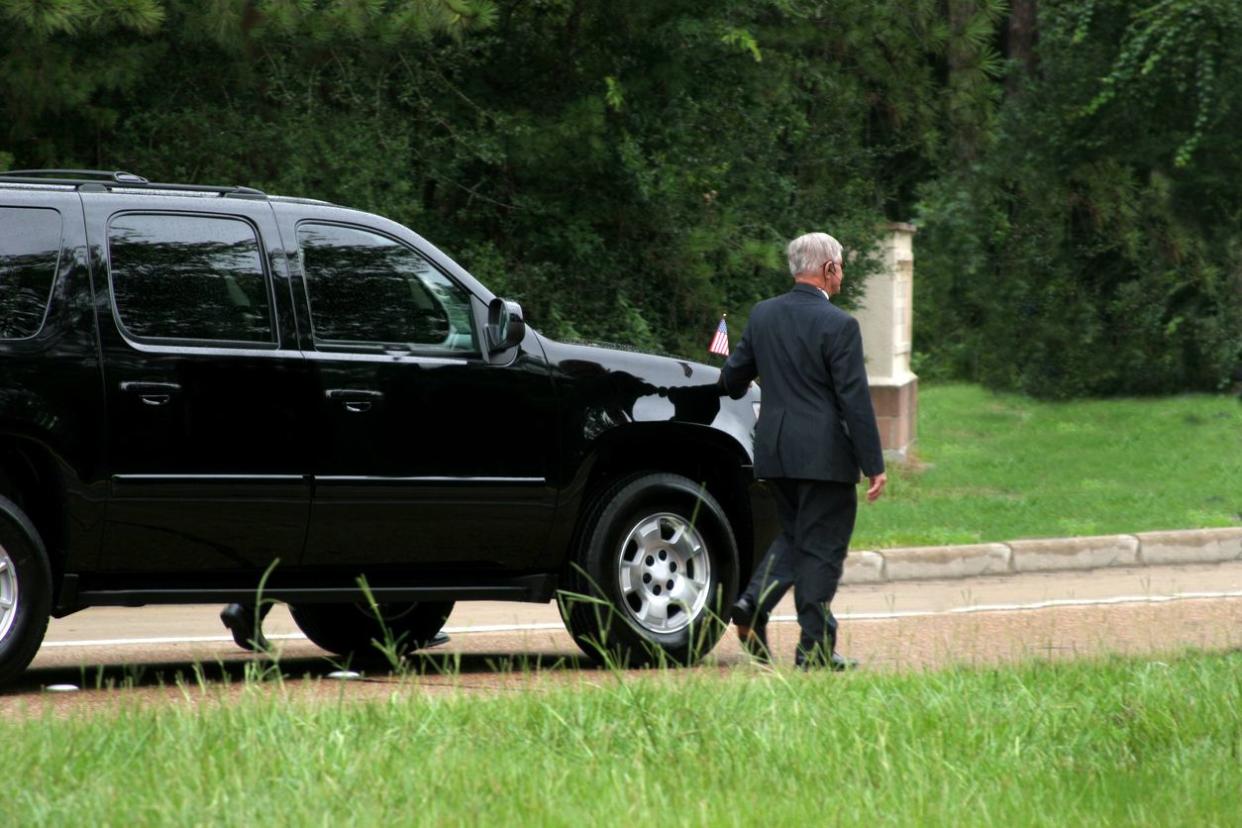
According to the Clinton White House archives, those Secret Service members that guard the president do not wear uniforms, which "helps the agents blend in with crowds so that they are not easily detectable." Those in the Uniformed Division — not surprisingly, given the name — do wear them "because their jobs require them to be recognized as police officers." You'll find these uniformed offers posted at spots such as around the White House grounds, in front of embassies, and at the vice president's residence.

That talking into your wrist thing isn't just from the movies. The Clinton archives also explain that the Secret Service has "its own unique communications system," which includes a special earpiece connected to a small microphone "that rests just inside the agent's sleeve, allowing him or her to easily communicate simply by speaking into the microphone next to the agent's wrist."

Secret Service agents are paid pretty well, which you'd expect for someone willing to put their life on the line for others. According to Glassdoor, agents are paid an average annual salary of around $145,000. Job site Indeed puts the number slightly higher, at more than $151,000 per year.

New agents and officers of this division "undergo months of intensive training through established programs at the Federal Law Enforcement Training Center in Glynco, Georgia." Officers then undergo an additional 14-week specialized training course, and special agents embark on another 18 weeks of training. All parties must also "receive continuous advanced training throughout their careers," which consists of firearms requalification, emergency medicine refresher courses, and more.
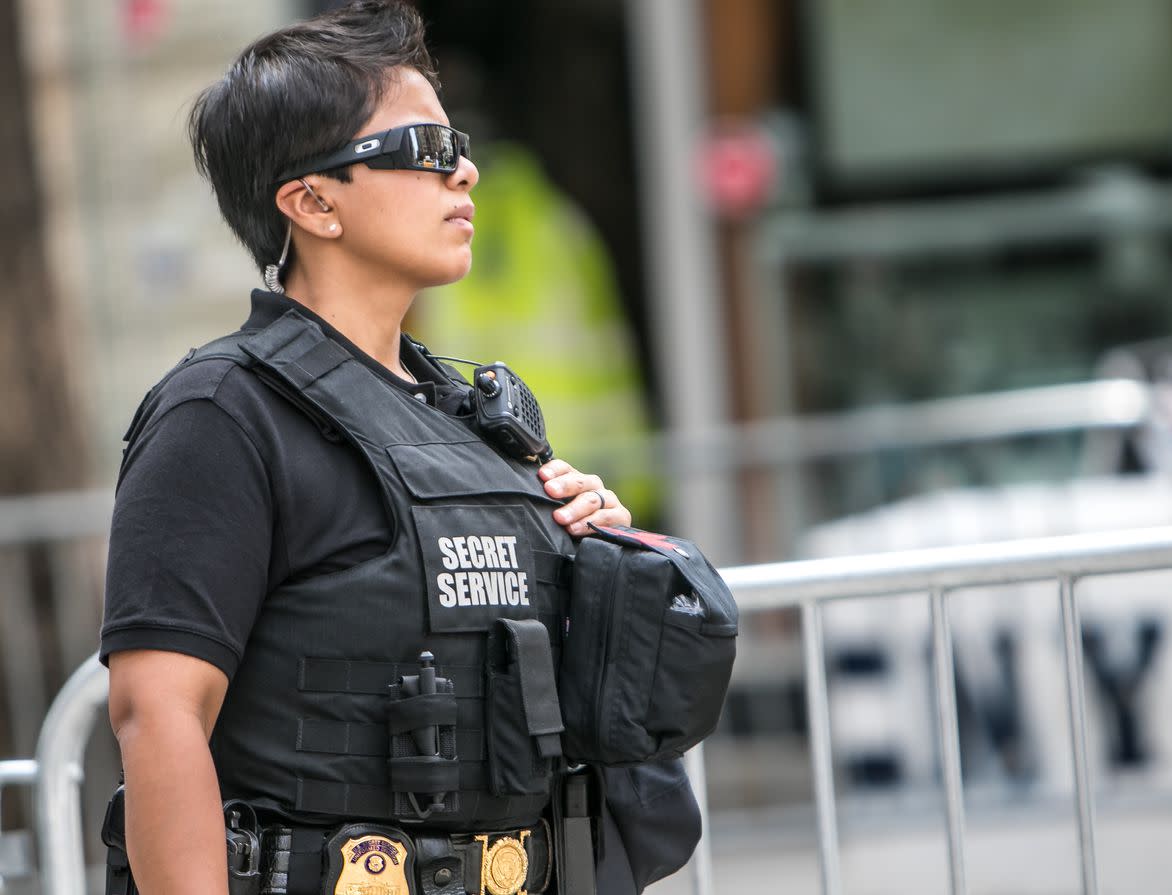
Perhaps not too surprisingly, the Secret Service apparently isn't a bastion of enlightenment when it comes to the glass ceiling. Former Special Agent Mary Beth Wilkas Janke wrote an essay for Swaay in which she detailed some of the challenges of being a female Secret Service agent, which included chauvinism, snide comments, and what amounted to a double standard. "It was as if the rookie male agents were automatically assumed to be worthy and belong," she noted, "but the rookie women and I still had to prove ourselves."
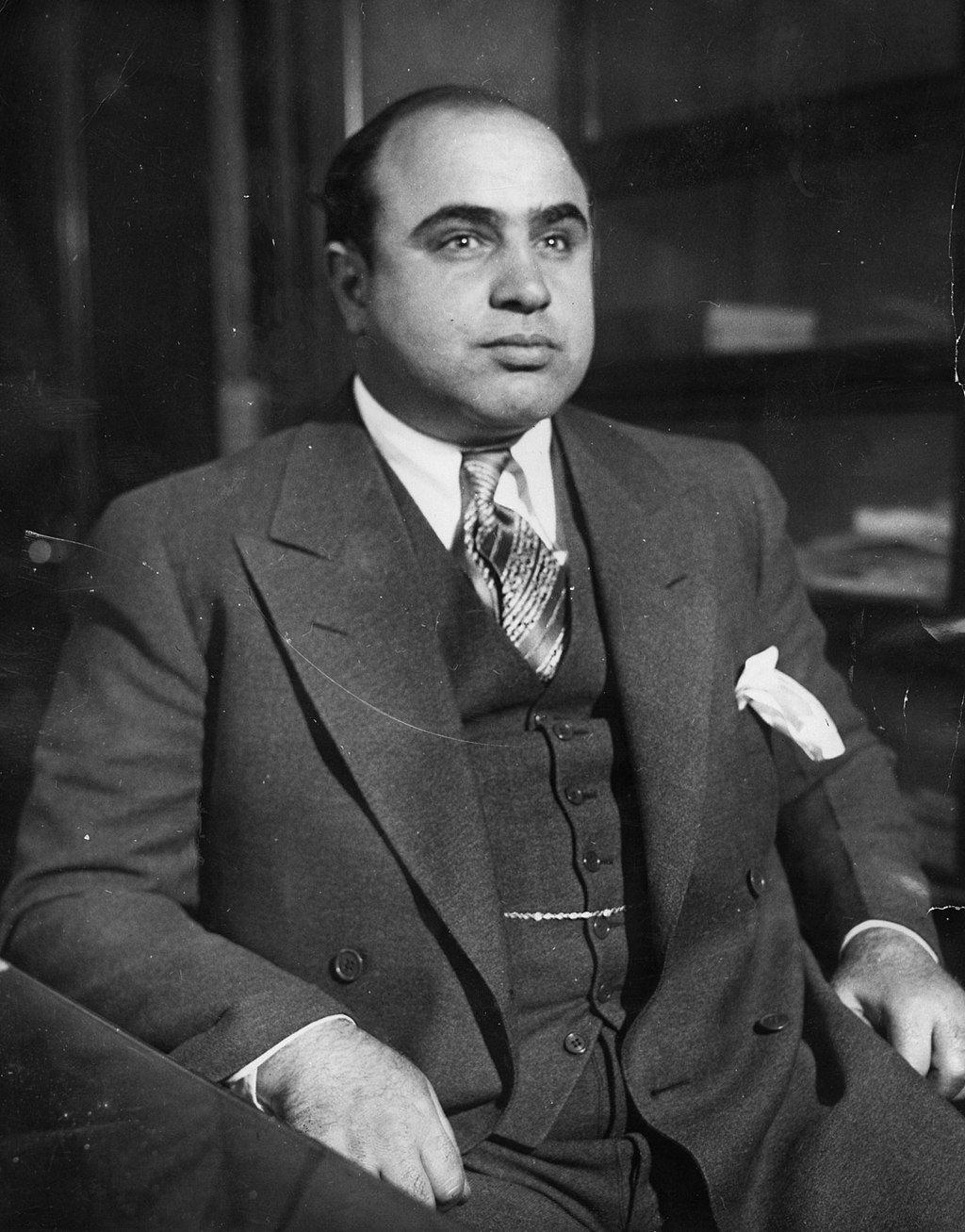
These days, when most of us think of Secret Service transport, we think of darkly tinted windows on shiny black limousines. This, of course, wasn't always the case. As the agency's site notes, the "Secret Service initially used horses and carriages, but these were gradually phased out when the automobile became the preferred mode of transportation in the early 20th century." In 1936, for example, President Franklin D. Roosevelt used a 1936 Packard Touring Limousine while visiting New York City in 1938, and was also the first president to use an armored limousine. Interestingly, that armored car originally belonged to Al Capone. It was "seized by the Treasury Department in 1932 on an income-tax evasion charge."
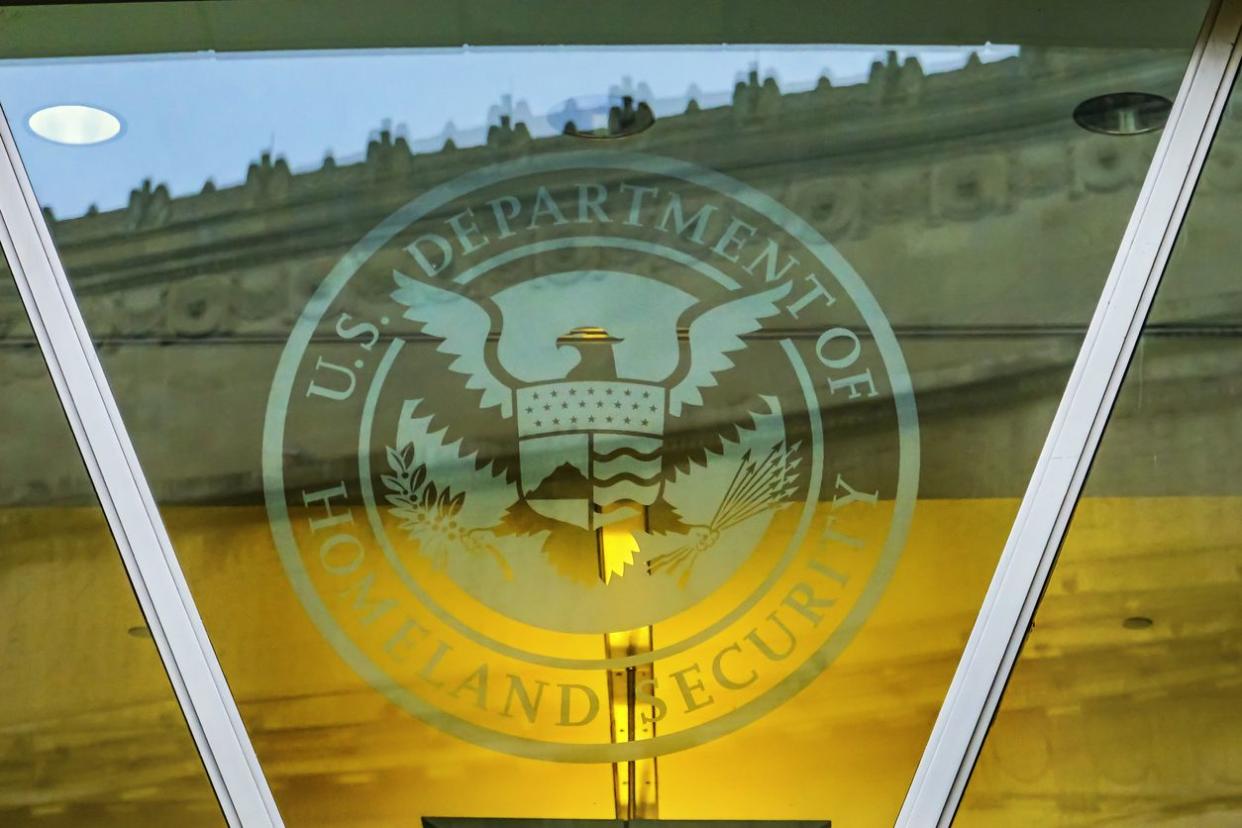
The Secret Service's 2019 budget was $2.2 billion. That's a lot of dollars, of course, but that figure made up only 3% of the Department of Homeland Security's annual budget, which totaled nearly $75 billion.
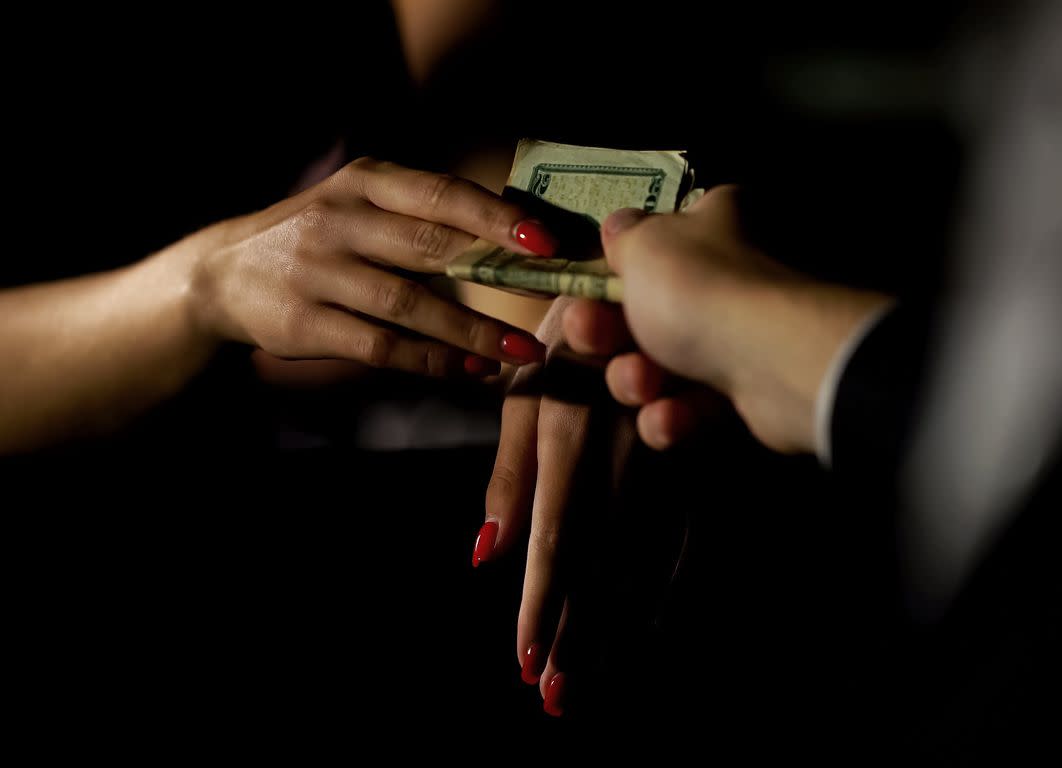
It might not come as news to some that the Secret Service — one of America's top six federal law enforcement agencies — has experienced plenty of misconduct, to put it mildly. So much so, in fact, that The Atlantic published a story in 2015 headlined, "The Secret Service Disaster: A Timeline." Charges ran the gamut from shoddy investigative work to multiple security breaches, drunk-driving, the hiring of prostitutes, and more. And that was only from 2011 to 2015.
More recently, four agents were suspended this month in the wake of an incidentl in which two men allegedly impersonated federal operatives and gifted Secret Service agents rent-free apartments, smartphones and other items. The two men have been released and put under home confinement.
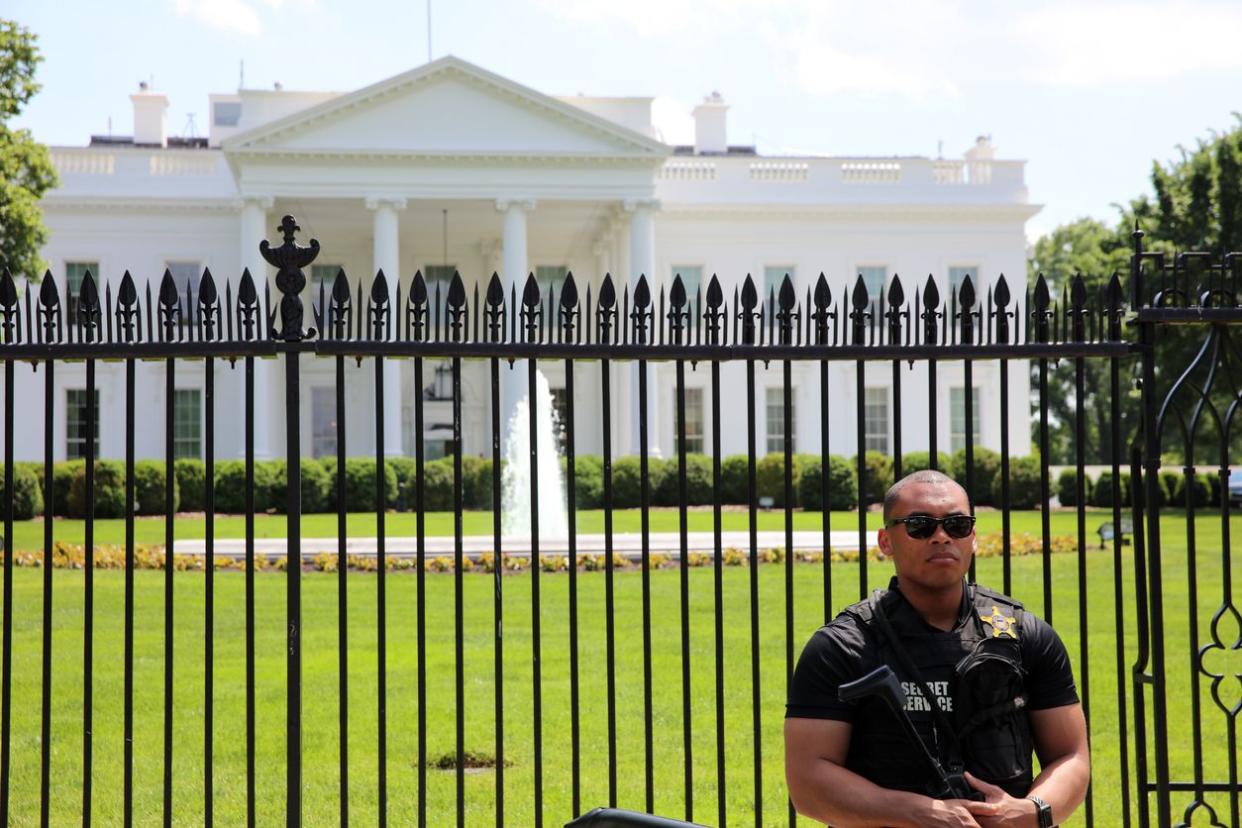
In 2013, the Former Presidents Protection Act of 2012 reversed a previous law that limited protection for former presidents and their families to 10 years if they served after 1997. Starting with President George W. Bush, U.S. presidents and their spouses now receive protection for life, while their children receive protection up until the age of 16. Sitting presidential family members — that's spouses and offspring — receive protection regardless of age.
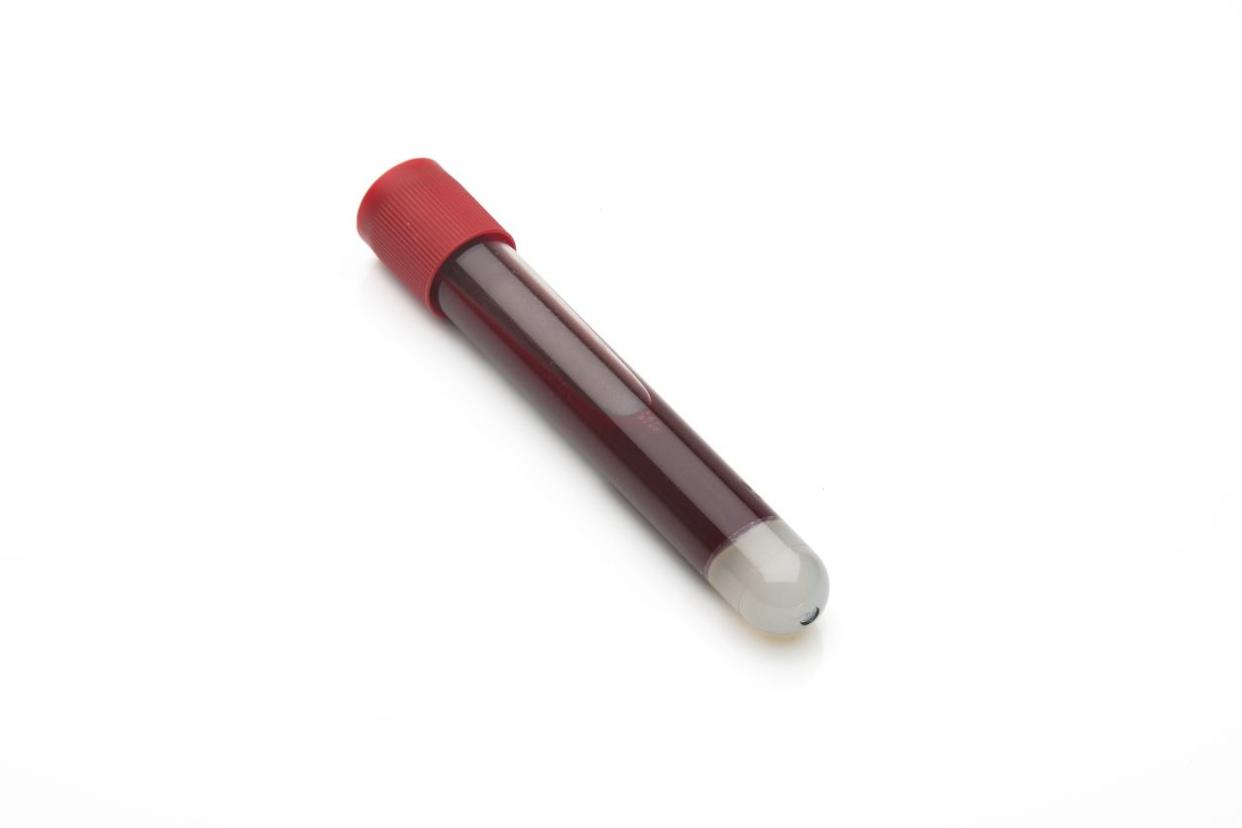
Agents assigned to protect the president are reportedly trained in "ten-minute medicine," which entails doing whatever is possible to keep the president alive until he or she can receive medical attention from more extensively trained doctors and nurses. Part of this protocol involves traveling with a portion of the president's blood that is significant enough to perform a transfusion if needed.

Agents are not allowed to form close personal relationships with the people they protect for fear that it could cloud their judgment. But in a 2021 book, reporter Carol Leonnig claims that an agent tasked with protecting the youngest Trump daughter, Tiffany, was reassigned after the two were observed to be spending too much time together alone. (Both have denied that their relationship was anything other than professional.) Leonnig also asserts that Vanessa Trump, who was married to Donald Trump Jr. when his father took office, began dating a Secret Service agent on her family's detail "shortly" after her divorce; that agent was reportedly not disciplined because "neither he nor the agency were official guardians of Vanessa Trump at that point."
